Graduate Student - MSc
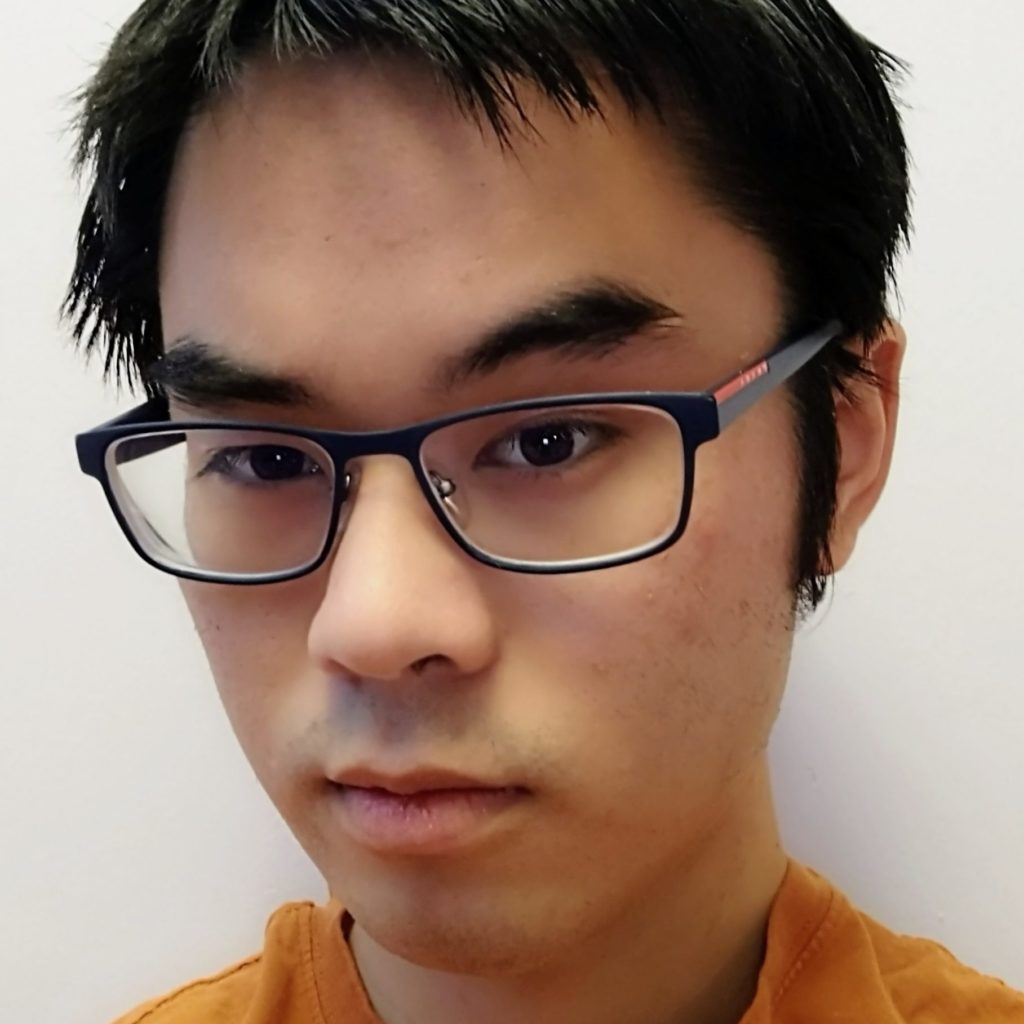
I am an undergraduate student in Computer Science at Ontario Tech University. I am currently working on my honours thesis supervised by Dr. Christopher Collins. In the summer of 2021, I have landed a research assistant position where I was tasked to build a web-based breadboard circuit-building simulator, designed for learning about digital design, hoping to help those that don’t have a breadboard at home. Similar to Fritzing, but a web-based version.
Contact
You can contact me at: benedict.leung1@ontariotechu.net
Portfolio site: https://benedict-leung.github.io/BenedictLeung.github.io/
Github profile: https://github.com/Benedict-Leung
Publications
-

B. Leung, “Touch Free Camera Mental Commands and Hand Gestures,” Bachelors Thesis, 2022.
@BachelorsThesis{leu2022a,
author={Benedict Leung},
title={Touch Free Camera Mental Commands and Hand Gestures},
school={University of Ontario Institute of Technology},
year=2022
}
-

Leung, B., Shimabukuro, M., & Collins, C. (2024). NeuroSight: Combining Eye-Tracking and Brain-Computer Interfaces for Context-Aware Hand-Free Camera Interaction. In Adjunct Proceedings of the 37th Annual ACM Symposium on User Interface Software and Technology. Association for Computing Machinery.
@inproceedings{10.1145/3672539.3686312,
author = {Leung, Benedict and Shimabukuro, Mariana and Collins, Christopher},
title = {NeuroSight: Combining Eye-Tracking and Brain-Computer Interfaces for Context-Aware Hand-Free Camera Interaction},
year = {2024},
isbn = {9798400707186},
publisher = {Association for Computing Machinery},
address = {New York, NY, USA},
url = {https://doi.org/10.1145/3672539.3686312},
doi = {10.1145/3672539.3686312},
abstract = {Technology has blurred the boundaries of our work and private lives. Using touch-free technology can lessen the divide between technology and reality and bring us closer to the immersion we once had before. This work explores the combination of eye-tracking glasses and a brain-computer interface to enable hand-free interaction with the camera without holding or touching it. Different camera modes are difficult to implement without the use of eye-tracking. For example, visual search relies on an object, selecting a region in the scene by touching the touchscreen on your phone. Eye-tracking is used instead, and the fixation point is used to select the intended region. In addition, fixations can provide context for the mode the user wants to execute. For instance, fixations on foreign text could indicate translation mode. Ultimately, multiple touchless gestures create more fluent transitions between our life experiences and technology.},
booktitle = {Adjunct Proceedings of the 37th Annual ACM Symposium on User Interface Software and Technology},
articleno = {73},
numpages = {3},
keywords = {brain-computer interface, camera, eye-tracking},
location = {Pittsburgh, PA, USA},
series = {UIST Adjunct ’24}
} -
 Leung, B., Shimabukuro, M., Chan, M., & Collins, C. (2025). GazeQ-GPT: Gaze-Driven Question Generation for Personalized Learning from Short Educational Videos. In Proc. Graphics Interface (GI).
Leung, B., Shimabukuro, M., Chan, M., & Collins, C. (2025). GazeQ-GPT: Gaze-Driven Question Generation for Personalized Learning from Short Educational Videos. In Proc. Graphics Interface (GI).@inproceedings{mypaper,
title = {GazeQ-GPT: Gaze-Driven Question Generation for Personalized Learning from Short Educational Videos},
author = {Leung, Benedict and Shimabukuro, Mariana and Chan, Matthew and Collins, Christopher},
year = 2025,
booktitle = {Proc. Graphics Interface (GI)}
}
vialab Team
-
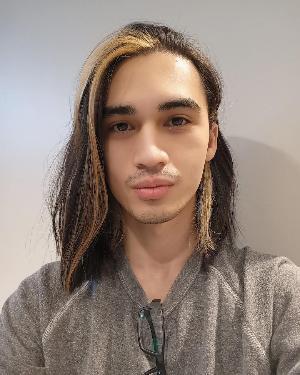
Aron-seth Cohen
Graduate Student - MSc
-

Benedict Leung
Graduate Student - MSc
-

Christopher Collins
Professor, Lab Director
-

Fareeha Malik
Undergraduate student, Lab Assistant
-

Neel Shah
Graduate Student - MSc
-
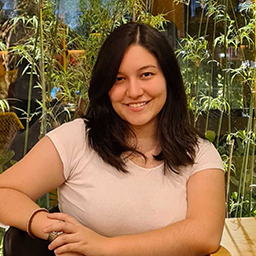
Tania Shimabukuro
Graduate Student – MSC
-
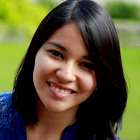
Mariana Shimabukuro
Researcher, Associate Professor
vialab Alumni
-

Adam Bradley
Research Associate
-
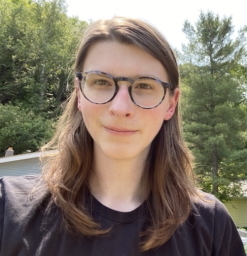
Adeliz Keith
Graduate Student – MSC
-
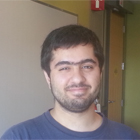
Akshay Manchanda
Undergraduate Student
-
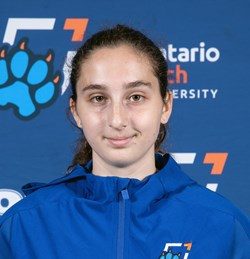
Alexie Linardatos
Lab Coordinator, Undergraduate
-

Bridget Green
Undergraduate Student
-

Brittany Kondo
Graduate Student — MSc
-
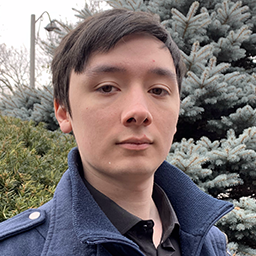
Daniel Earley
Undergraduate Student
-
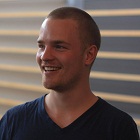
Erik Paluka
Graduate Student — MSc
-
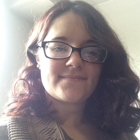
Gabrielle Perez Dias
Graduate Student — MSc
-
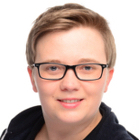
Jessica Zipf
Graduate Student — PhD
-
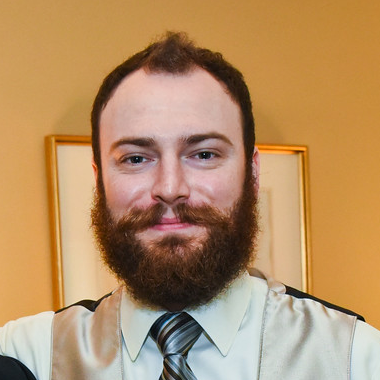
Jonathan Perry
Undergraduate Student
-

Kalev Kalda Sikes
Intern and Undergraduate Student
-

Keeran Srikugan
Undergraduate Student
-
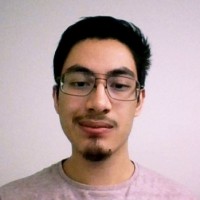
Mario Velazquez
Undergraduate Student, Lab Coordinator
-
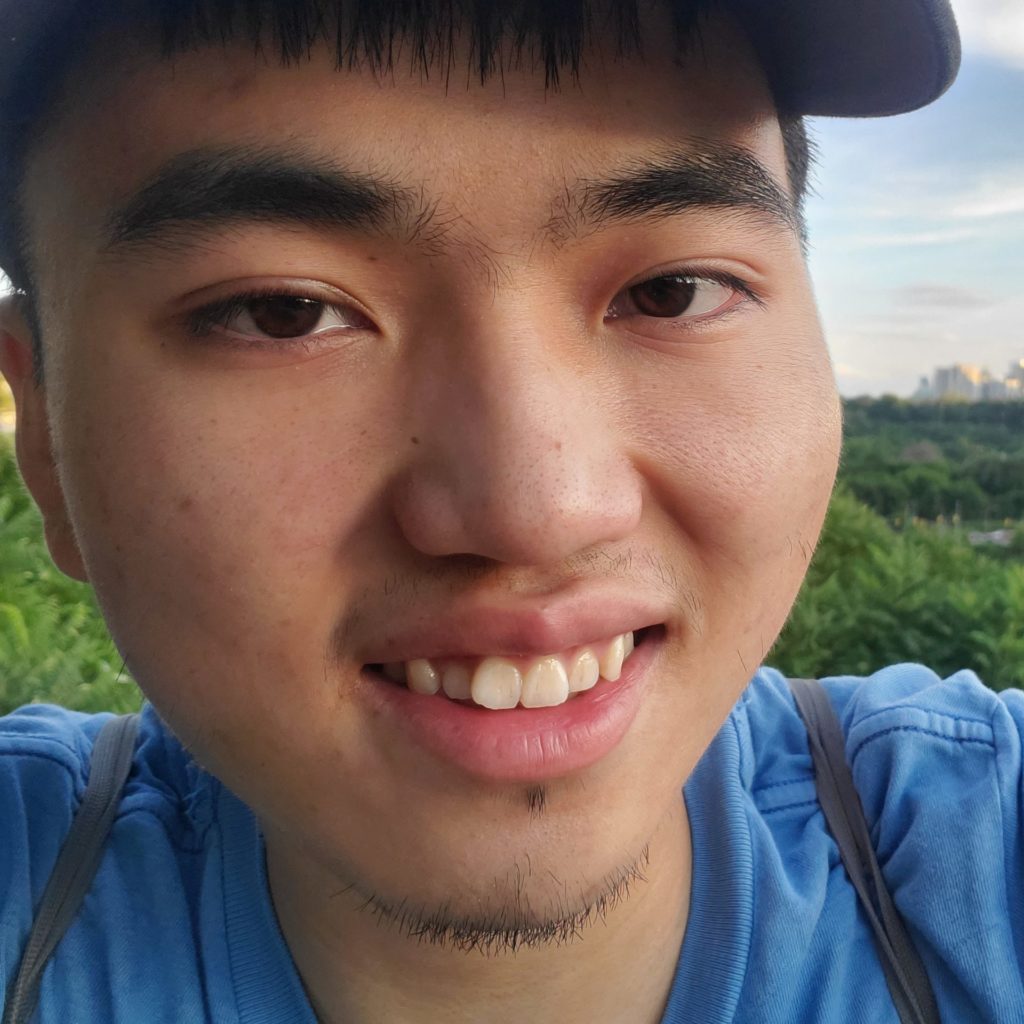
Martin Truong
Lab Coordinator, Undergraduate
-
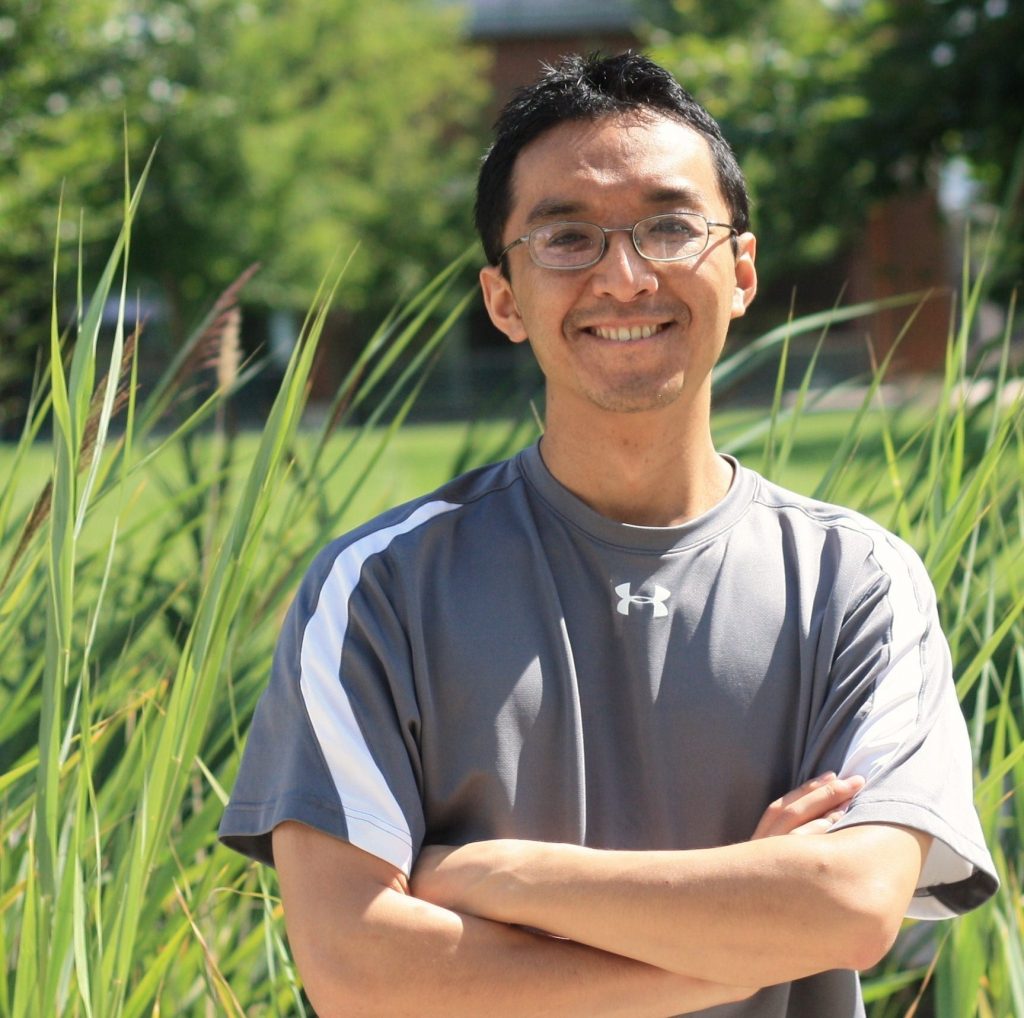
Meng-Wei (Daniel) Chang
Graduate Student — MSc
-

Michael Lombardo
Undergraduate Student
-

Mona Hosseinkhani Loorak
Graduate Student — PhD
-
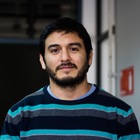
Pablo Valenzuela
Graduate Student – MSC
-
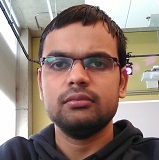
Prateek Panwar
Graduate Student – MSc
-
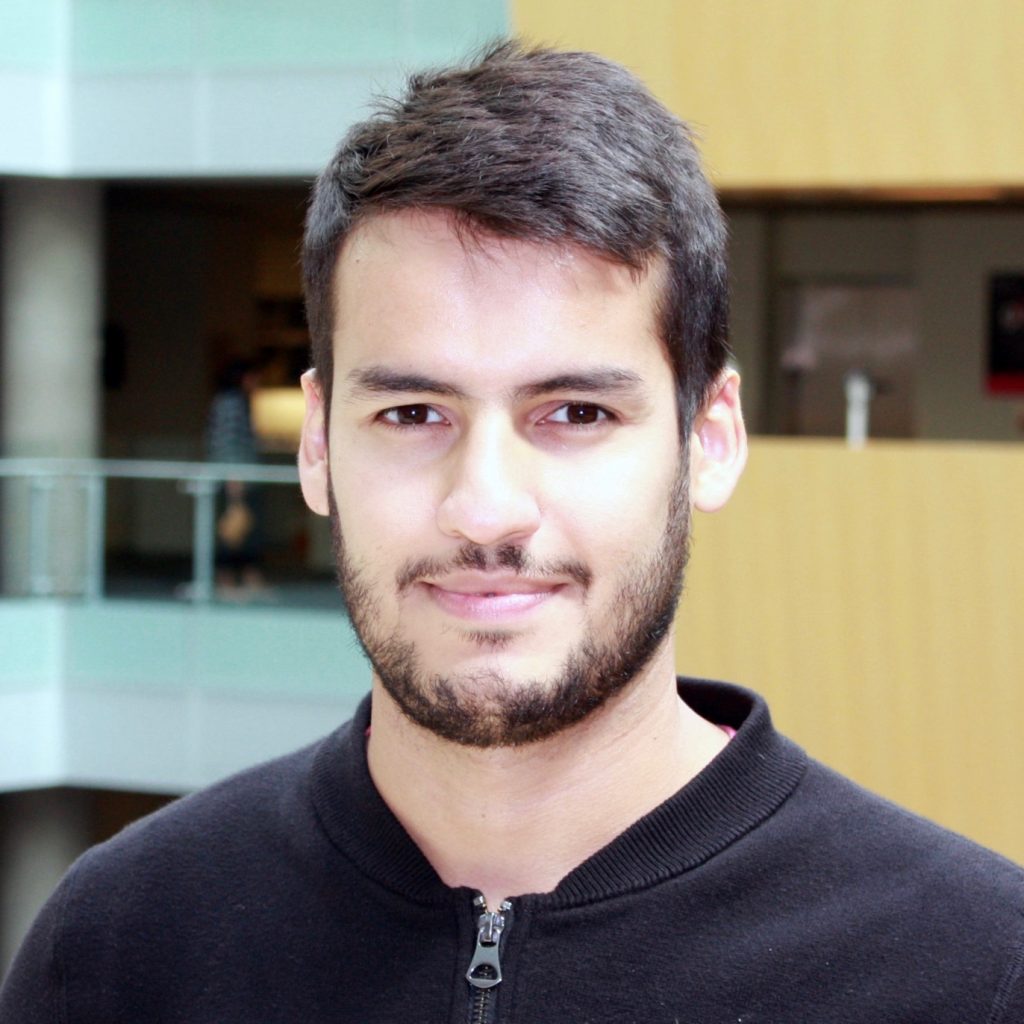
Rafael Veras
Graduate Student — PhD
-
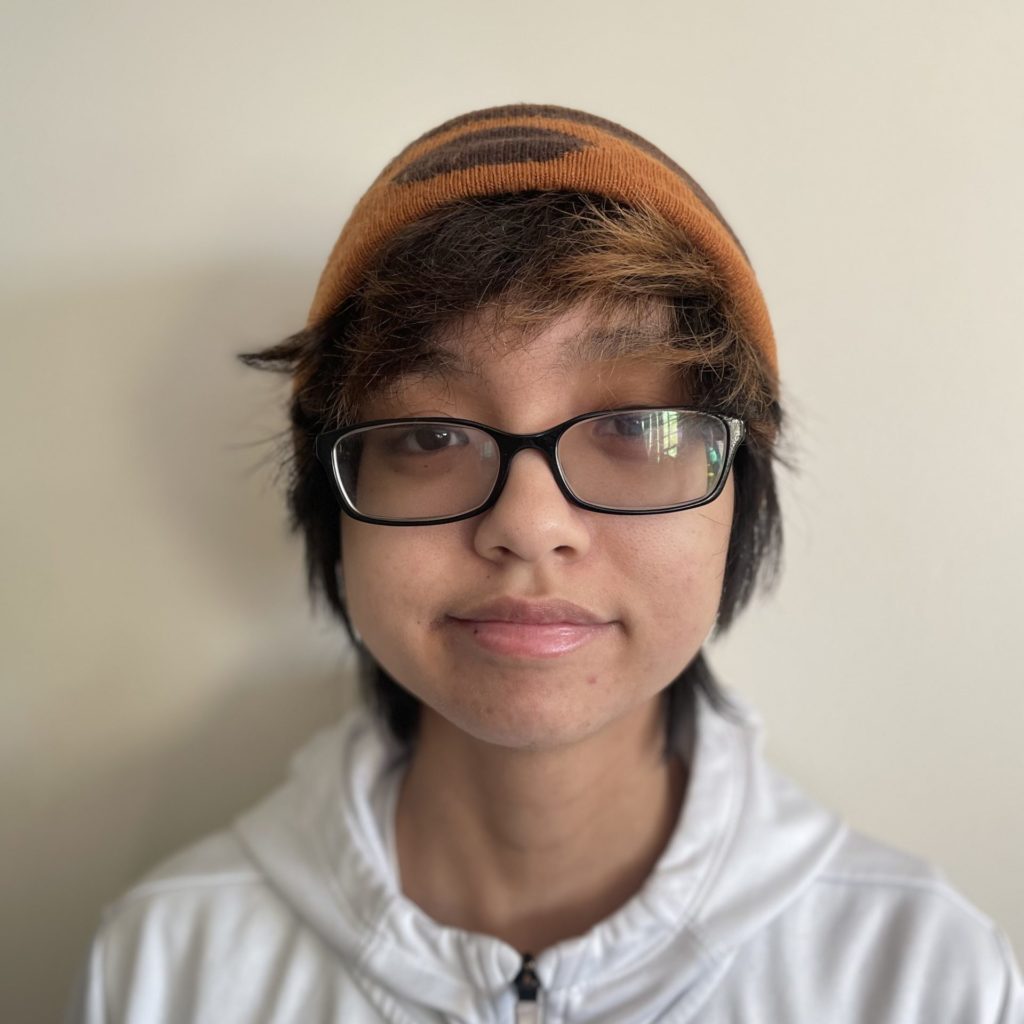
Reese Dominguez
Undergraduate Student
-

Rhys Agombar
Undergraduate Student
-
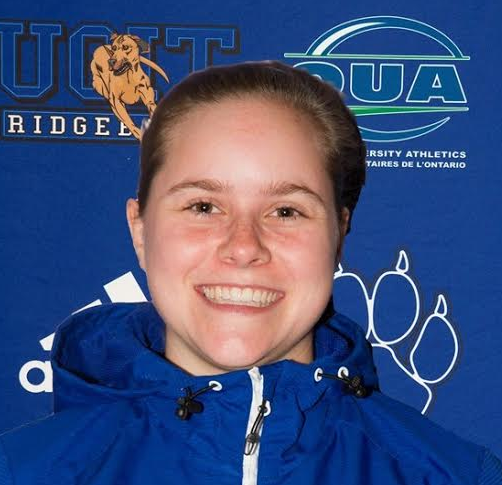
Riley Weagant
Graduate Student – MSC
-
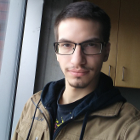
Santiago Bonada
Undergraduate Student
-
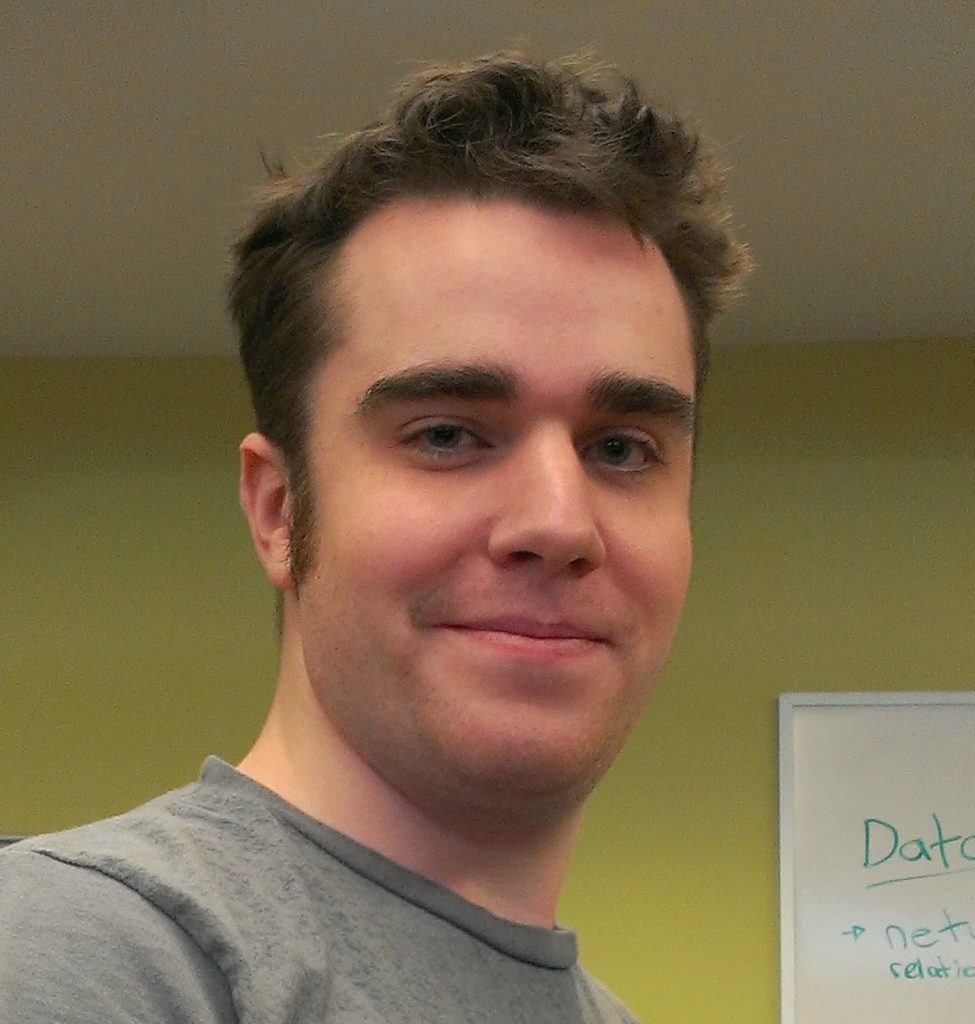
Stephen McIntyre
Graduate Student — MSc
-
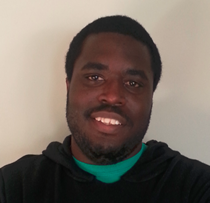
Taurean Scantlebury
Senior Honours Undergraduate Student
-

Taylor Smith
Undergraduate Student
-
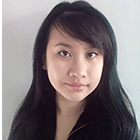
Thao Truong
Undergraduate Student
-
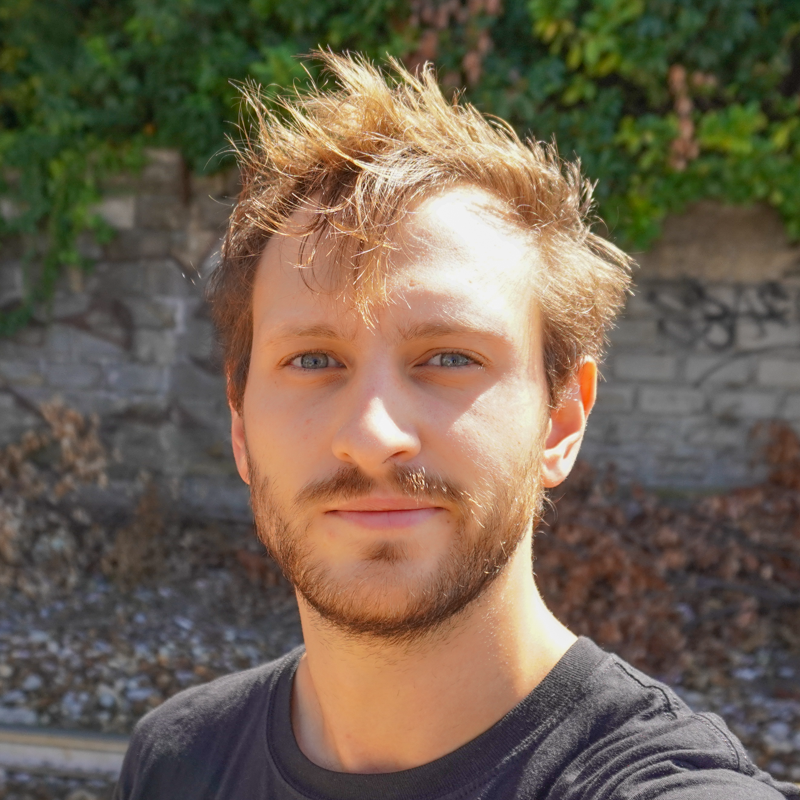
Tommaso Elli
Graduate Student — PhD
-

Vital Golub
Undergraduate Student
-
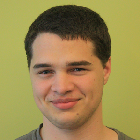
Zachary Cook
SurfNet Intern/Undergraduate Student
-

Zachary Hills
Software Developer
-
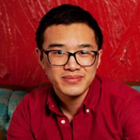
Chris Kim
Graduate Student – PHD
-
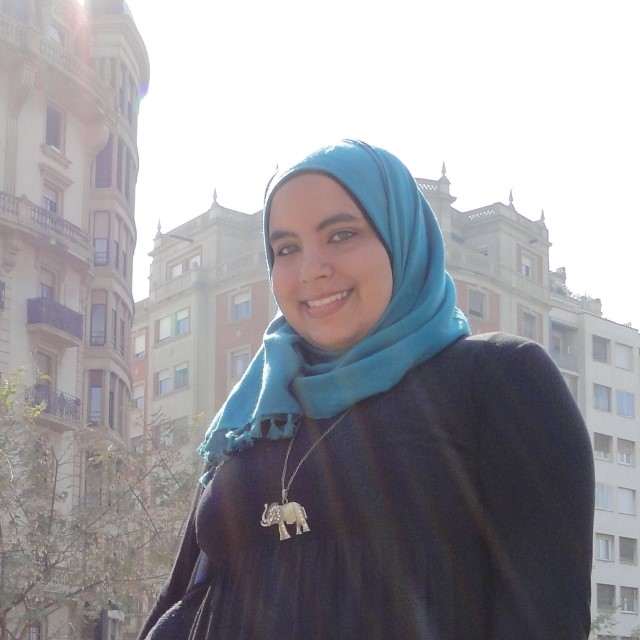
Mennatallah El-Assady
Graduate Student – PhD
-
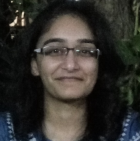
Hrim Mehta
Graduate Student – PhD
-

Zixin Zhao
Graduate Student – MSC
-
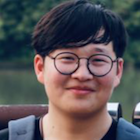
Feiyang Wang
Graduate Student – MSC
-
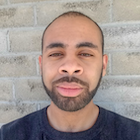
Mohammed Ahmed
Graduate Student – MSC
-

Kevin Desousa
Graduate Student
-
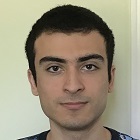
Shawn Yama
Undergraduate Student
-
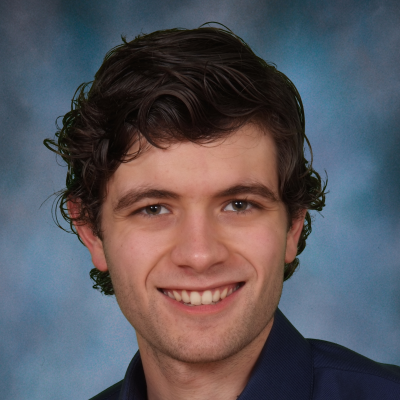
Nathan Beals
Undergraduate Student
-
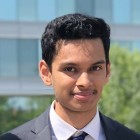
Deval Panchal
Undergraduate Student
-
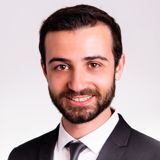
Anthony Kouroupis
Undergraduate Student
-
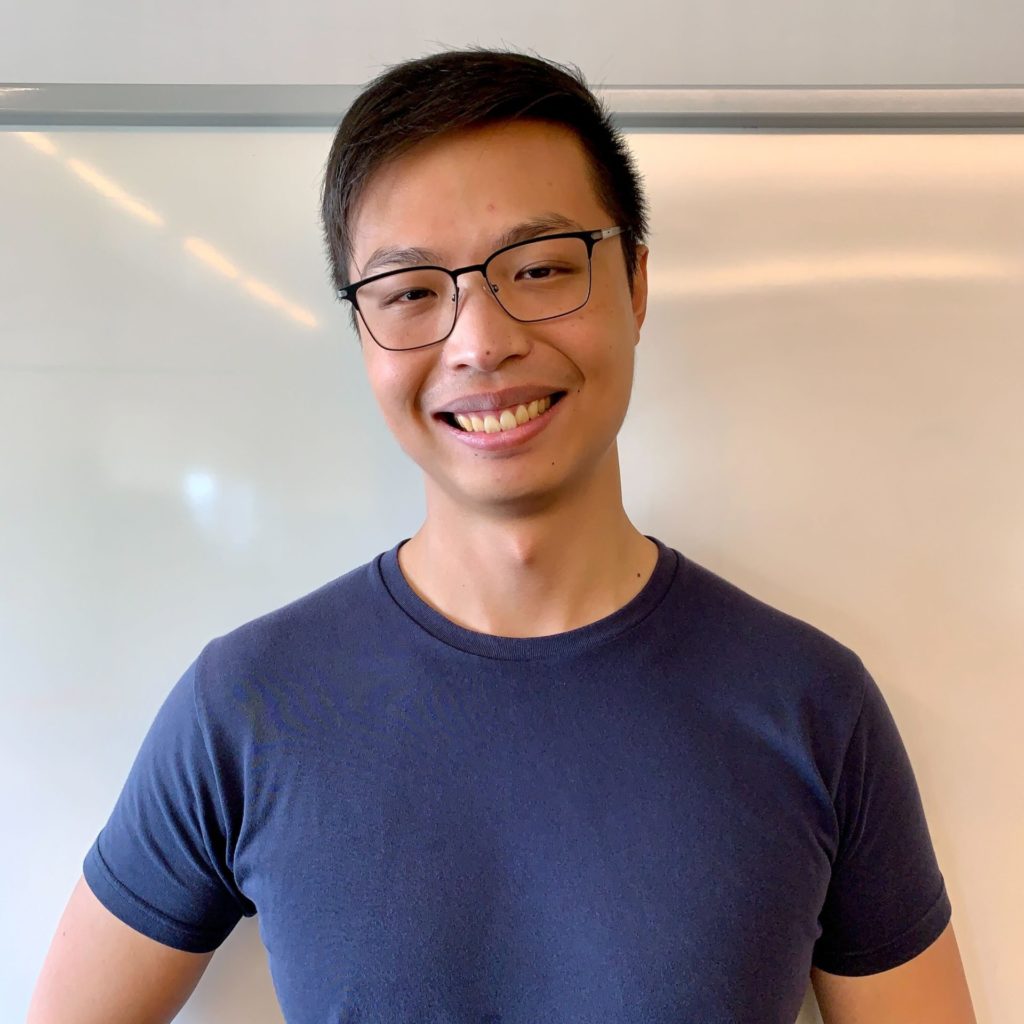
Matthew Chan
Alumni – MSC
-
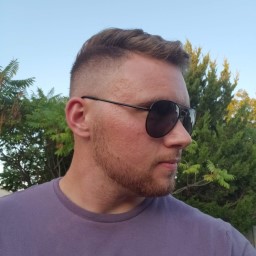
Ethan Duggan
Lab Coordinator, Undergraduate
